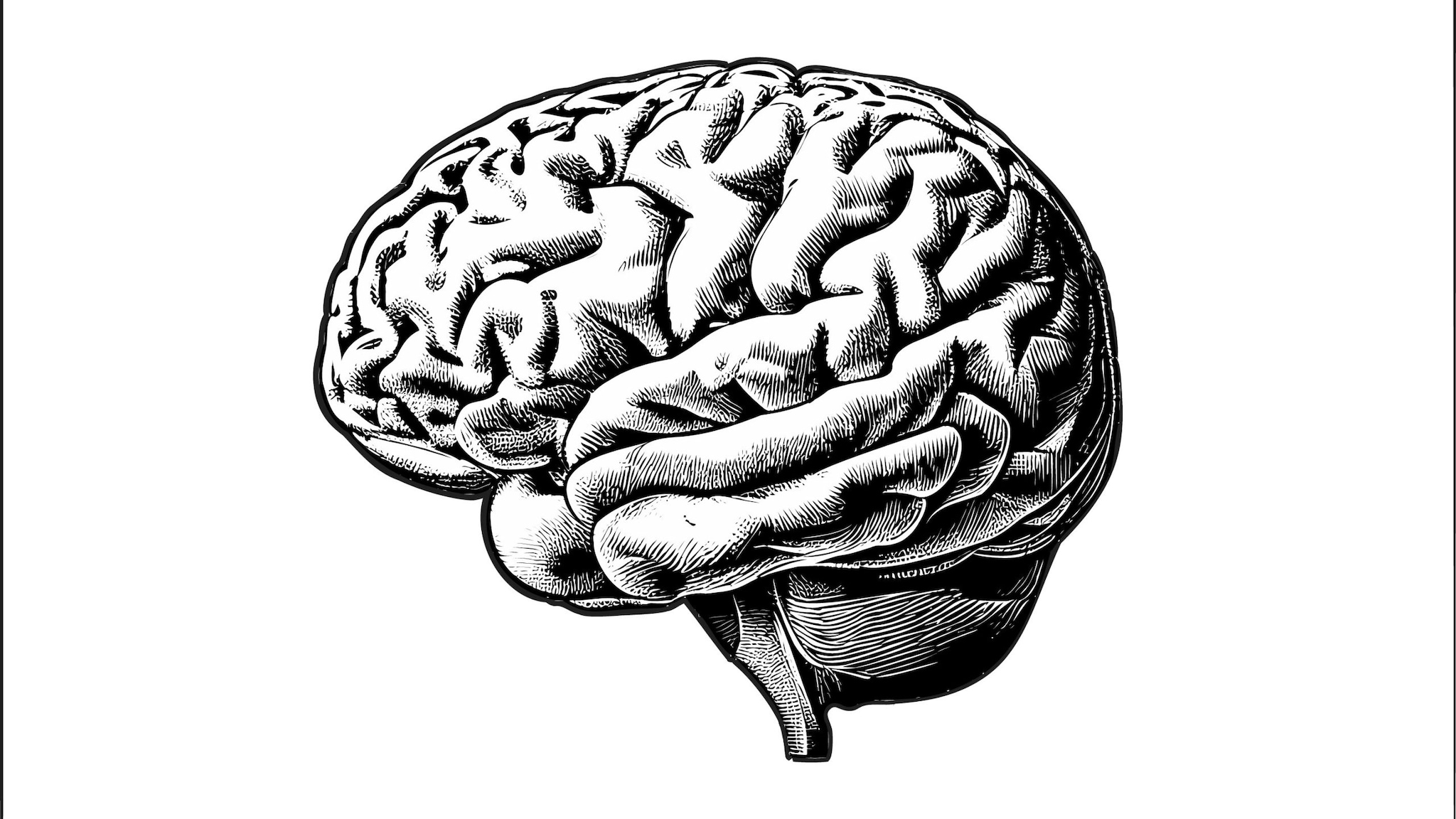What to know
There are standard diagnostic criteria for definite, probable and possible sporadic CJD cases. There are separate diagnostic criteria for cases that may be iatrogenic and those that may be familial. This page outlines the clinical criteria needed to meet each of these definitions.

Sporadic CJD
Definite
Diagnosed by standard neuropathological techniques
- And/Or immunocytochemically
- And/Or Western blot confirmed protease-resistant PrP
- And/Or presence of scrapie-associated fibrils.
Probable
Neuropsychiatric disorder plus positive RT-QuIC in cerebrospinal fluid (CSF) or other tissues.
OR
Rapidy progressive dementia and at least two out of these four clinical features:
- Myoclonus
- Visual or cerebellar signs
- Pyramidal/extrapyramidal signs
- Akinteic mutism
AND
A positive result on at least one of the following laboratory tests:
- a typical EEG (periodic sharp wave complexes) during an illness of any duration
- a positive 14-3-3 CSF assay in patients with a disease duration of less than 2 years
- High signal in caudate/putamen on magnetic resonance imaging (MRI) brain scan or at least two cortical regions (temporal, parietal, occipital) either on diffusion-weighted imaging (DWI) or fluid attenuated inversion recovery (FLAIR)
AND
Without routine investigations indicating an alternative diagnosis.
Possible
Progressive dementia; and at least two out of these four clinical features:
- Myoclonus
- Visual or cerebellar signs
- Pyramidal/extrapyramidal signs
- Akinteic mutism
AND
The absence of a positive result for any of the four tests above that would classify a case as "probable"
AND
Duration of illness less than two years
AND
Without routine investigations indicating an alternative diagnosis.
Iatrogenic CJD
About 1 percent of Classic CJD cases are iatrogenic, meaning spread through healthcare products or in a healthcare setting.
To meet the definition for an iatrogenic case, the case must meet the following criteria:
Progressive cerebellar syndrome in a recipient of human cadaveric-derived pituitary hormone
OR
Sporadic CJD with a recognized exposure risk, such as neurosurgery with dura mater implantation.
Familial CJD
An estimated 5-15 percent of classic CJD cases are familial, due to an inherited gene mutation. To meet the case definition for familial CJD, a case must:
Have definite or probable CJD and definite or probable CJD in a first-degree relative
AND/OR
Neuropsychiatric disorder and disease-specific PrP gene mutation.
- Global surveillance, diagnosis, and therapy of human transmissible spongiform encephalopathies: Report of a WHO consultation, February 9-11, 1998, Geneva, Switzerland
- Zerr I, Kallenberg K, Summers DM, et al. Updated clinical diagnostic criteria for sporadic Creutzfeldt-Jakob disease. Brain 2009, 132; 2659-2668
- National CJD Research & Surveillance Unit. Protocol: Surveillance of CJD in the UK (Accessed 15 Aug 2018)
